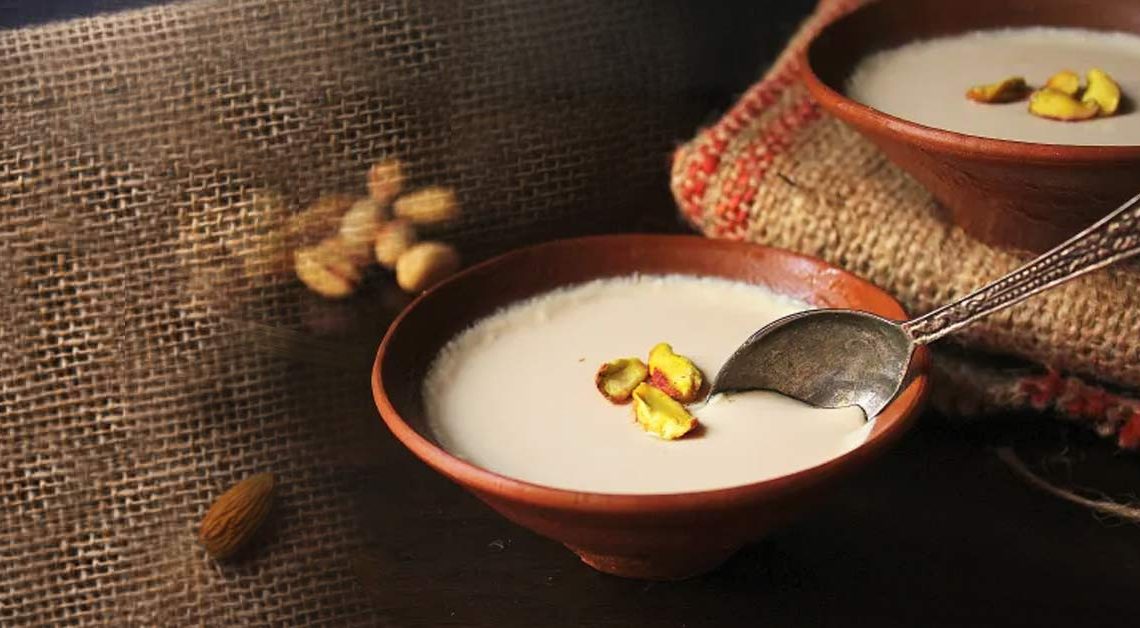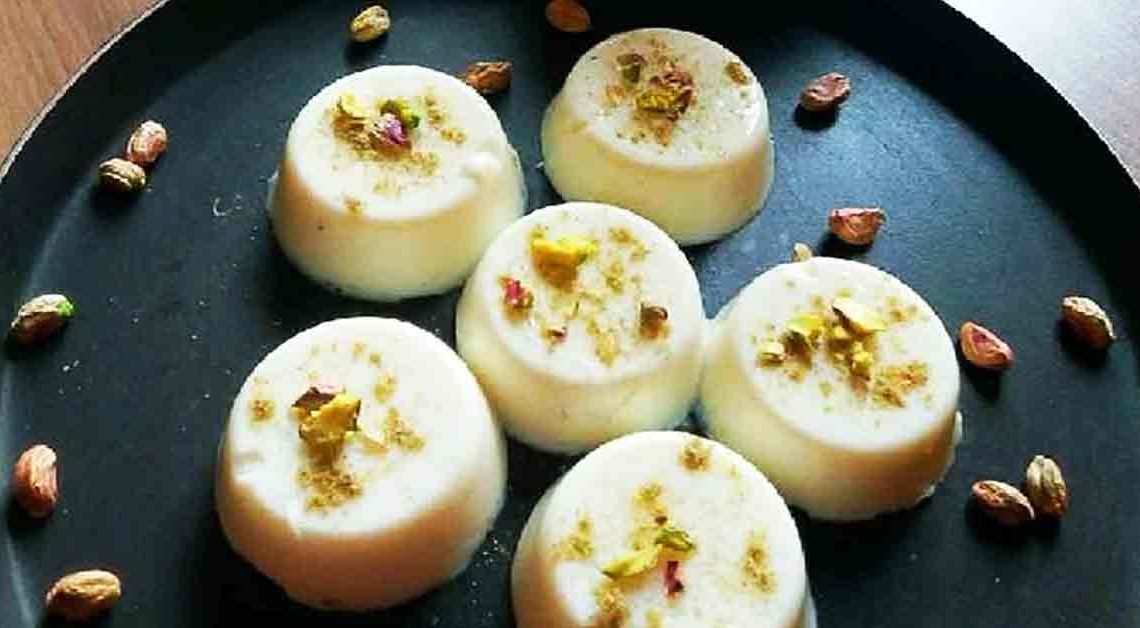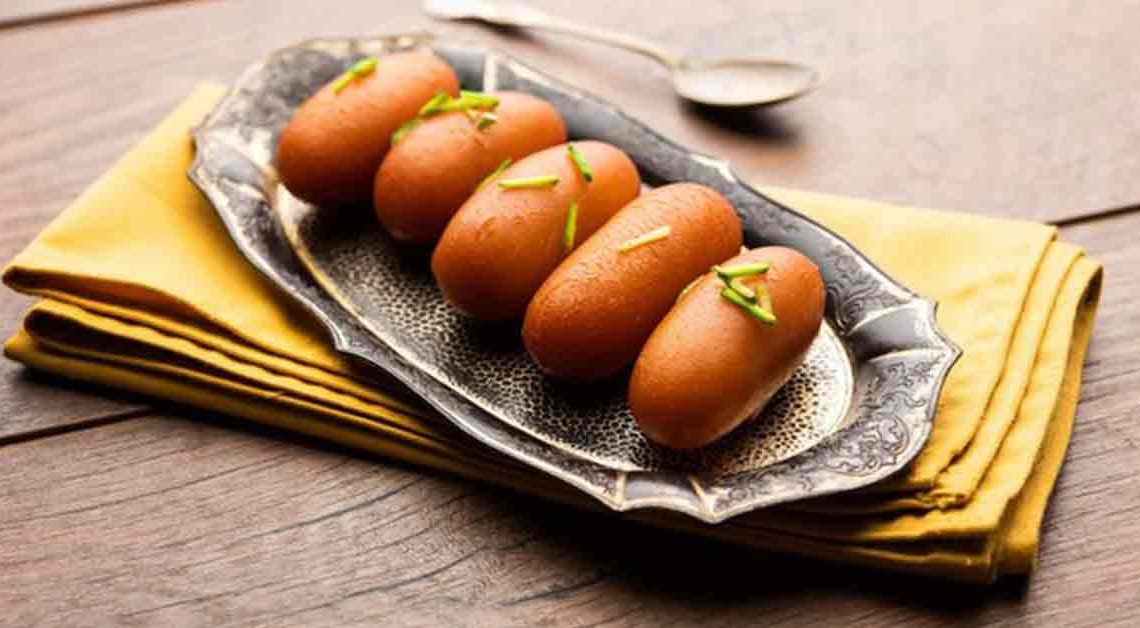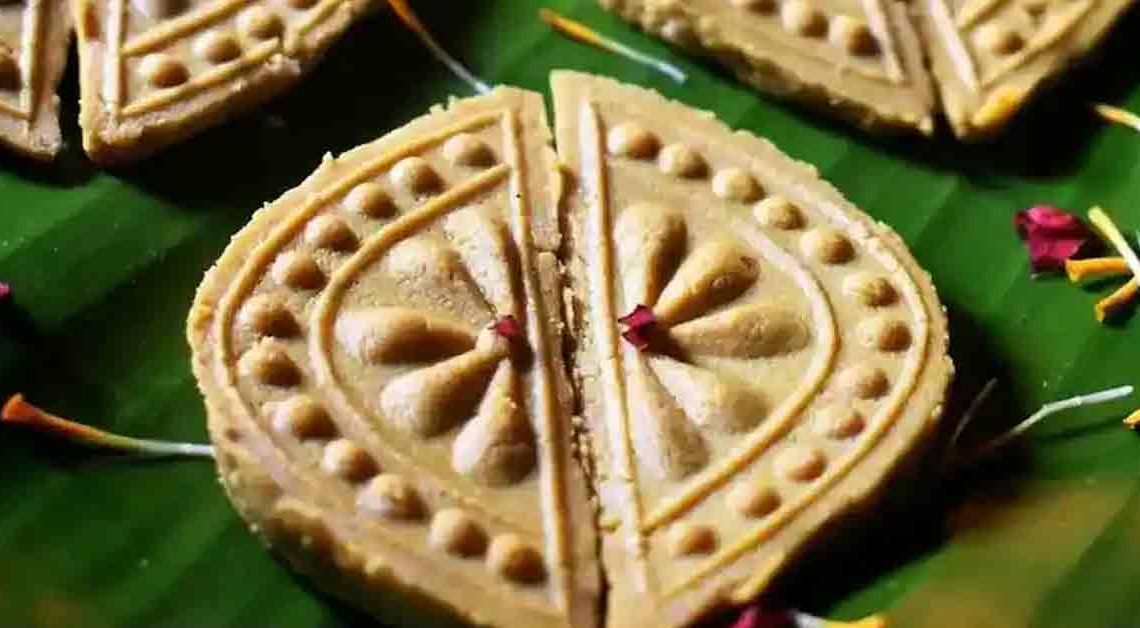Mishti Doi: Creamy Indian Style Yogurt

Welcome to Mithainama!!, where I’ll take you on a culinary journey through the vibrant and flavorful world of Indian desserts. Today, I want to talk about a beloved dessert from the eastern state of West Bengal: Mishti Doi.
Mishti Doi, which literally translates to “sweet curd,” is a creamy, smooth, and velvety dessert made with thickened milk and jaggery. It’s a staple in Bengali cuisine and is often served as a dessert after a meal or on special occasions like weddings and festivals.
What makes It so unique is the use of earthen pots to set the curd, which gives it a distinct aroma and flavor. The natural sweetness of jaggery blends perfectly with the tanginess of the curd, making it a delightful treat for your taste buds.
But Mishti Doi isn’t just a dessert, it’s a cultural icon. It’s a representation of the warmth and hospitality of Bengali culture and the love and care that goes into preparing it. Join me as I explore its history, ingredients, and preparation of it, and discover why it’s such a beloved dessert in Bengal and beyond.
Origin of Mishti Doi
Mishti Doi, which means “sweet yogurt” in Bengali, is a popular dessert that originates from West Bengal, a state in eastern India. The recipe for the sweet has been passed down through generations of Bengali families. It is believed to have originated in the kitchens of the Nawabs of Murshidabad, who were known for their love of all things sweet and lavish feasts. The Nawabs are said to have introduced it to the people of Bengal.
History of Mishti Doi
The traditional method of making the sweet involves boiling milk until it thickens and reduces in volume, sweetening it with jaggery or sugar, and adding cardamom or other spices for flavour. The mixture is then poured into earthenware pots known as “kulhars” and left to ferment overnight. The natural bacteria in the earthenware pot ferment the milk, giving it a unique sour taste and thick texture.
Mishti Doi is an important part of Bengali culture and cuisine. It is a symbol of hospitality and is often served to guests as a sign of welcome. It is also an integral part of Bengali festivals and celebrations, such as Durga Puja, the biggest festival in Bengal. It is not just a dessert but a part of Bengali identity. It is often used in Bengali literature and poetry as a symbol of love and affection, representing the simple joys of life.
It is a popular dessert in West Bengal and is enjoyed throughout India. The best Mishti Doi is said to be found in Kolkata, the capital of West Bengal. Kolkata is known for its rich and diverse food culture, and it is one of the most popular desserts in the city.
Cultural Significance of Mishti Doi
In India, sweets play a significant role in the culture, and they are often associated with celebrations and festivals. Mishti Doi is no exception and is an integral part of Bengali cuisine. It is often served during festivals like Durga Puja, Diwali, and Eid, as well as at weddings and other special occasions.
In Bengali households, It is often prepared at home and is considered a symbol of hospitality. It is believed that serving this sweet yogurt to guests brings good luck and prosperity to the household.
Where Mishti Doi is Famous?
It is famous not only in Bengal but throughout India and around the world. It is a popular dessert in many Indian restaurants and is also sold in grocery stores and specialty food shops.
In addition, It has gained a following among food bloggers and enthusiasts, who have praised its rich and creamy texture and sweet flavor. Many people also enjoy making Mishti Doi at home, using traditional recipes and techniques passed down through generations.
Interesting Facts and Trivia Related to Mishti Doi
- It is made by mixing yoghurt, milk, and sugar, and then cooking the mixture over a low flame until it thickens and becomes creamy.
- The special culture of bacteria used to make it is known as dahi or curd culture, and is made by mixing yoghurt with milk and leaving it to ferment for several hours.
- It is often served in small clay pots called “kullars”, which help to keep the dessert cool and preserve its flavor.
- It is often flavored with cardamom, saffron, or other spices, which add to its rich and complex flavor profile.
- It is often compared to other sweet yoghurt desserts from around the world, such as Greek yogurt and Turkish Ayran, but It stands out for its unique combination of sweet and creamy flavors.
- In some parts of Bengal, It is served with puffed rice or “muri”, which adds a crunchy texture to the dessert.
- It is considered a healthy dessert, as it is made with natural ingredients and contains probiotics, which are beneficial for gut health.
- It has inspired many variations and adaptations, including mango Mishti Doi, chocolate Mishti Doi, and even Mishti Doi cheesecake.
- It has been featured in several Bollywood movies, including “Parineeta” and “Barfi”, where it is portrayed as a symbol of Bengali culture and tradition.
- It has also been the subject of several food competitions and challenges, where contestants compete to create the best version of the dessert.







